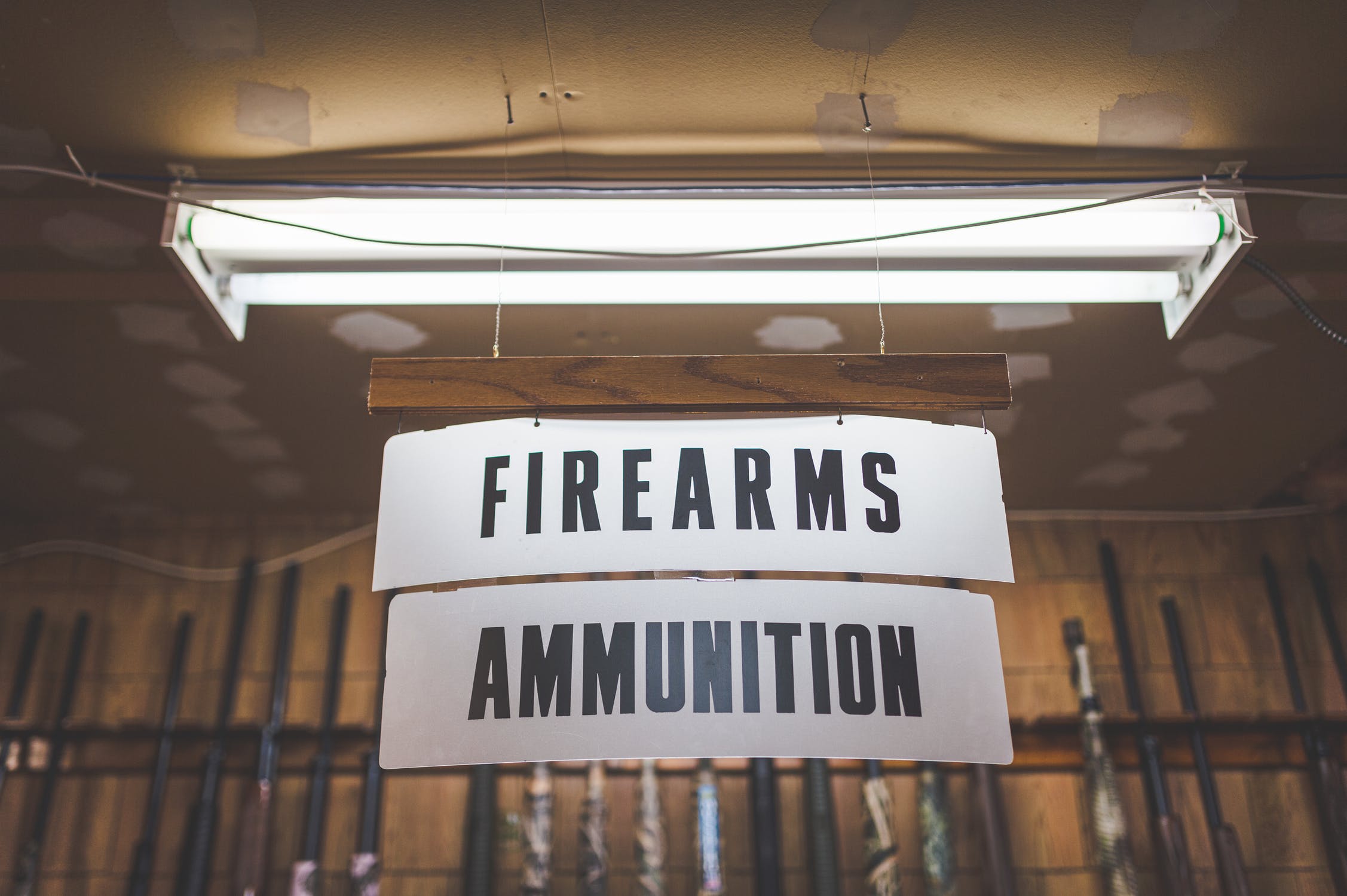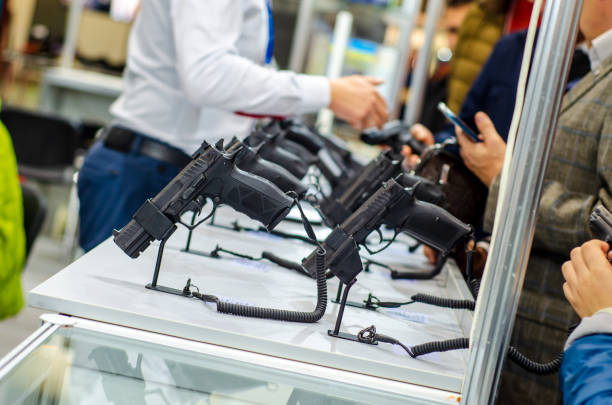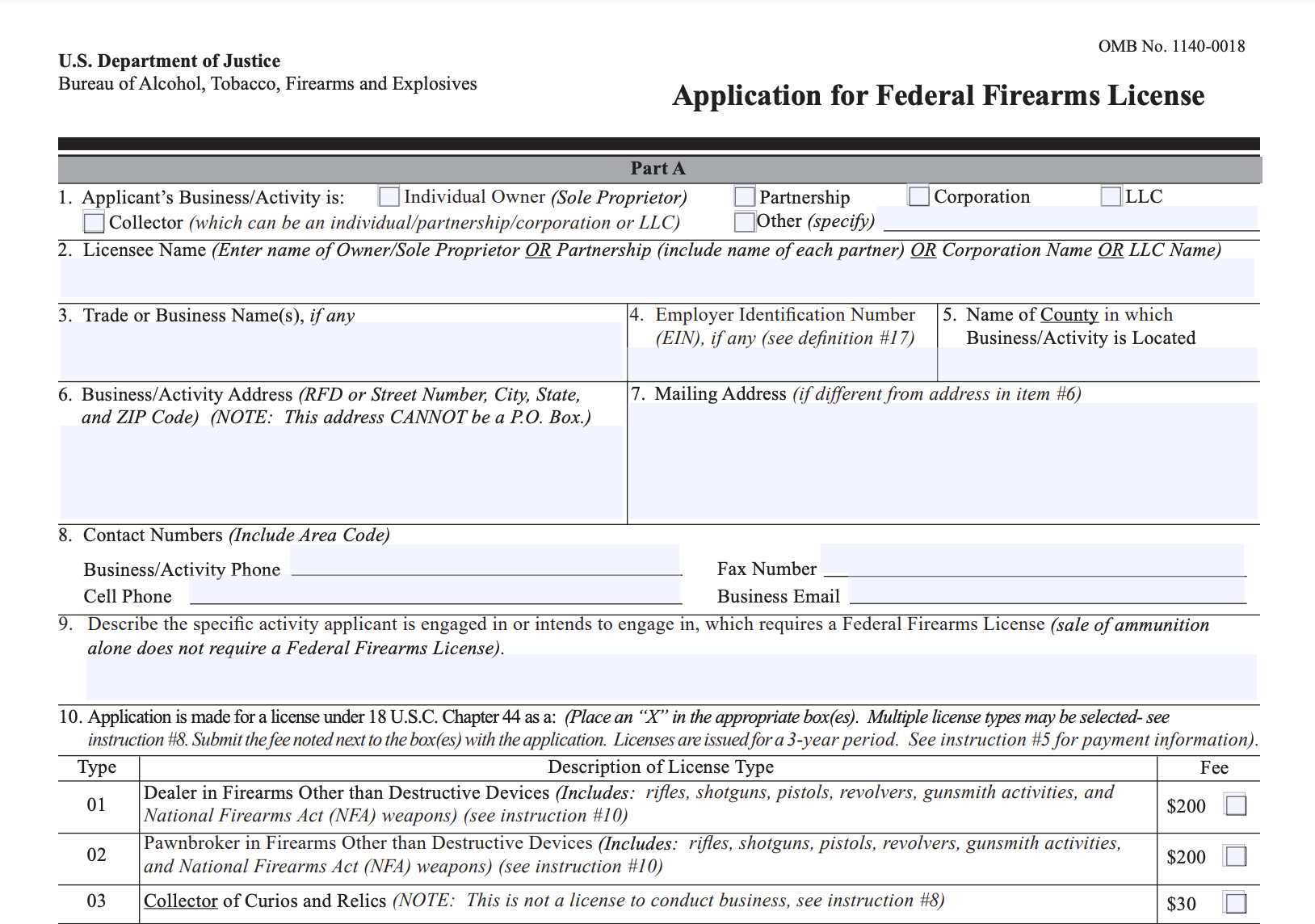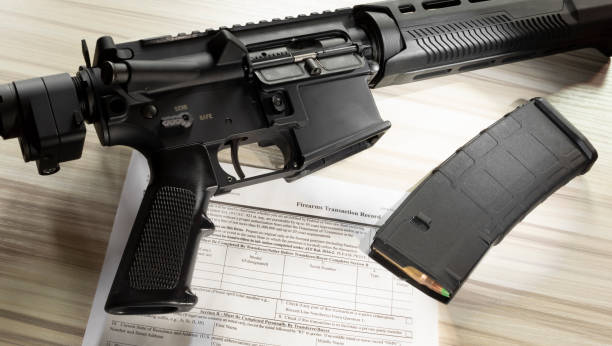Keeping tight control of inventory is important in all industries. But in the compliance-centric firearms industry – where failing to do so can potentially result in an ATF violation – it’s downright essential.
Of course, this is often easier said than done, and keeping a close eye on inventory counts can be time-consuming. So for this post, we’ll share our top five strategies to streamline firearms inventory and which tools can save you time.
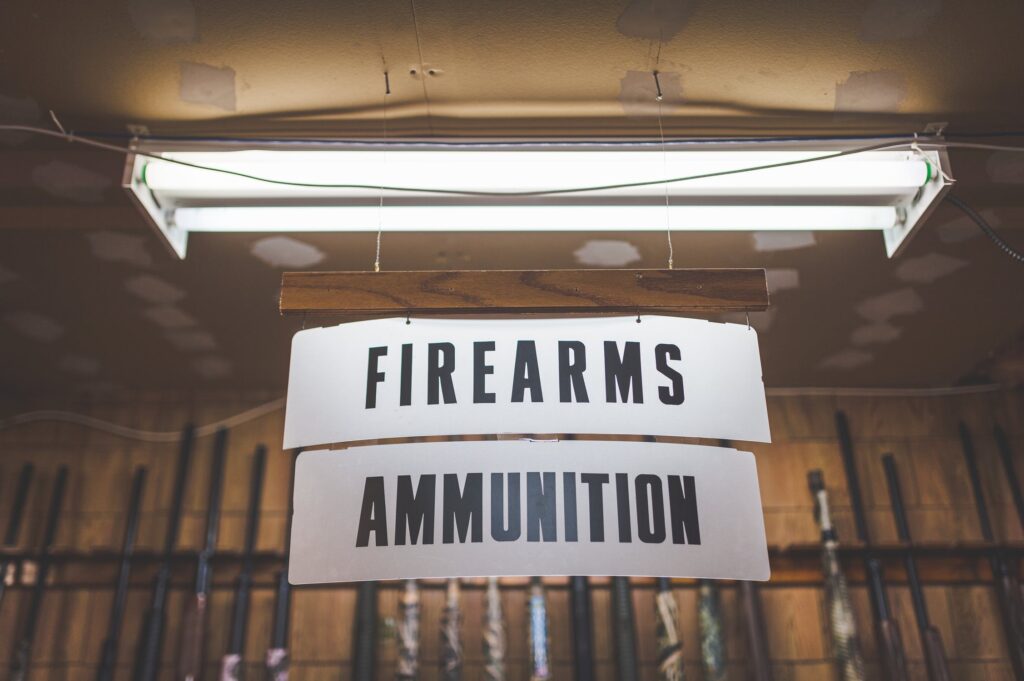
1. Use FFL Software for Inventory Control
FFL software has a multitude of practical uses for gun sellers, including ensuring accurately filling out A&Ds and 4473s, performing multi-state background checks, and electronically storing records. But it’s also ideal for inventory control, with many platforms having built-in features to help you maintain quantity counts, know where every item is at all times, and identify any aberrations. FastBound, for example, allows you to quickly and easily verify your inventory to A) maintain a bird’s-eye view of firearms, ammunition, and accessories and B) ensure you’re fully compliant with recent ATF rulings.
Simply upload information like item manufacturer, serial number, and model, and maintain total control of what you have in stock and what’s been sold. It’s also helpful if you need to go back, later on, to look for a particular transaction or perform an audit. If you’ve been managing firearms inventory the old-fashioned way with paper documents or using basic spreadsheets, this can drastically simplify operations so you can focus on your core business rather than being burdened by administrative tasks.
Besides that, it can also have a dramatic impact on your overall accuracy. And given the average US retailer only has an inventory accuracy of 63%, that’s extremely important.
2. Integrate FFL Software with a POS System
Another way to streamline firearms inventory with FFL software is to use it in conjunction with a point-of-sale (POS) system. Whenever a customer purchases an item at the checkout, a POS system will automatically report the sale and provide information like the item(s) sold, the quantity sold, and the dollar amount. In turn, it will generate comprehensive reports while also syncing the information with your FFL software.
That way you can identify micro and macro trends on earnings and purchase patterns while at the same time keeping a close eye on your firearms inventory.
This has several benefits, including:
- Saving you time at checkout so you can quickly move onto the next sale
- Creating a more fluid customer experience
- Helping you stay compliant
- Simplifying inventory
- Allowing you to identify patterns so you’ll know which items sell the best – and when to reorder
With FastBound, you can easily connect your current POS system to save time, reduce errors, and streamline firearms compliance. If your POS doesn’t already integrate with FastBound, there’s an API that allows you to add it to your available software application.
This brings us to our next point.
3. Leverage Real-time Data for Decision-making
Firearms sellers of the past were often limited by the lack of technology where they had to make decisions based on outdated data (e.g. a spreadsheet that’s been sitting stagnant for weeks). This made it difficult to perform accurate sales forecasts, decide which items to order, and how much to order. But with modern tools, there’s now a wealth of data available that offers a snapshot of inventory in real-time.
Using FFL software and a POS system, for example, should give you a steady supply of data that’s continually updated. And that’s yet another reason why it’s so important to utilize cutting-edge tools like these as opposed to traditional paper documents and spreadsheets. By leveraging real-time data, you’ll be able to efficiently monitor inventory levels, manage costs, and make accurate forecasts without a ton of manual effort. This, in turn, should help you run your business more effectively and set the stage for higher profitability while also saving time.
4. Set Up Automated Reorders
Here’s the scenario. You’ve got a particular firearm that sells consistently well and is always popular among customers. You go to check your inventory one day only to realize you’re nearly out, and the supplier won’t be able to get any more stock until it’s too late. As a result, you end up missing out on sales, and it creates friction with customers who come to you looking for that particular item.
This is a situation many gun sellers have encountered at some point, and it’s almost always the result of doing “people-managed inventory.” When you rely upon manually checking stock and reordering, there’s always the potential for human error, and it sets the stage for issues like this. Using automated reordering, however, a feature available on many modern inventory software systems, can ensure you never run into this problem again. With it, you can configure the software to either notify you whenever you’re getting low on items (if you want to confirm before officially reordering) or have it automatically reorder for you if (if you’re more comfortable with that).
Using this feature shaves hours off your week and gives you peace of mind that key products will always be stocked. Note that some software systems also feature backorder alerts so you’ll know when to use an alternate supplier. You can find a list of the top inventory management software products — many of which have the automated reorder feature — in this guide.
5. Organize Your Stockroom By Category
The last point in this post involves stockroom organization. Another integral part of streamlining firearms inventory is ensuring you can find what you need quickly and easily when restocking. Although most brick-and-mortar gun sellers don’t have the same high volume of products as larger retailers, you still need an efficient system in place so that your stockroom doesn’t descend into chaos. A good way to go about this is to organize your stockroom by category, and there are two main options for doing so.
Either organize your inventory by sales frequency or item value. A simple example for organizing by sales frequency would be dividing your stock into two categories — products you sell most often and require frequent reordering (Group A) and products you sell less frequently and require less frequent reordering (Group B). As for item value, you would divide your stock into more expensive items that are above a specific price point (Group A) and less expensive items that are below a specific price point (Group B).
That way you can easily access the inventory you need, and it should take less time to assess inventory levels. Not to mention it can prevent unnecessary headaches that occur when there’s no rhyme or reason to stockroom inventory.
Streamline Firearms Inventory with the Right Tools and Strategies
Effective inventory management is critical for firearms sellers. First, it’s important for maintaining proper inventory counts and ensuring timely reordering. Second, and even more importantly, it’s necessary for compliance. Keeping detailed records of firearms is essential for keeping operations above board and avoiding ATF violations.
Handling firearms inventory can be time-consuming without the right processes in place. Using the tools and strategies outlined above will streamline efficiency, help you stay on top of firearms inventory, and save you a significant amount of time.
